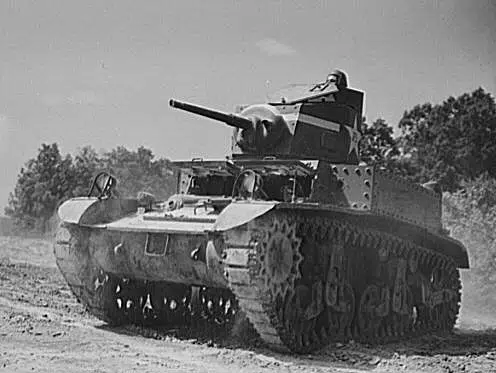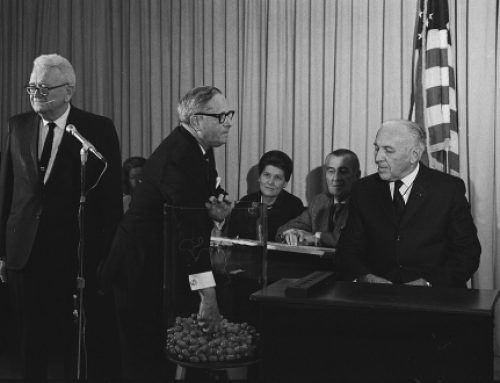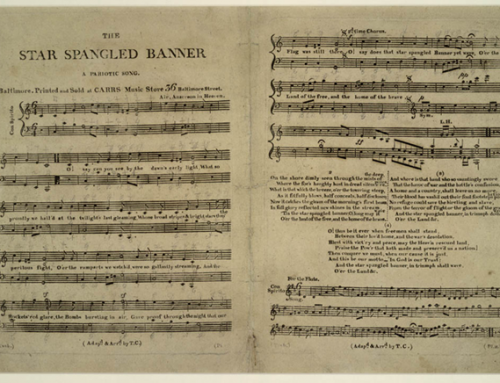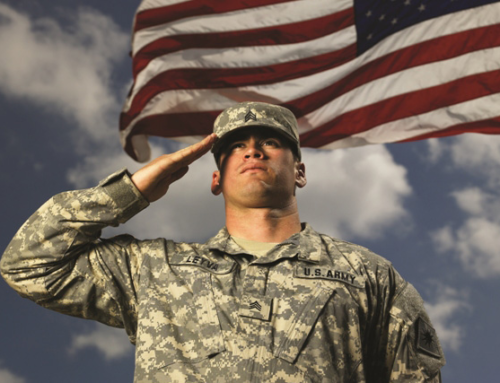December 22 – The First US Tank in Combat During WWII
December 22, 1941
December 22, 1941, saw the first U.S. tank involved in tank versus tank combat in World war II. How much do you know about the history of the M3 tank used in this combat?
The M3 Stuart, officially known as Light Tank, M3, was an American light tank of World War II. It was first supplied to British and other Commonwealth forces under lend-lease prior to the entry of the United States into the war and thereafter it was used by U.S. and Allied forces until the end of the war. The British service name “Stuart” came from the American Civil War Confederate General J.E.B. Stuart and was used for both the M3 and the derivative M5 Light Tank. In use by the United States, the tanks were officially known as “Light Tank M3” and “Light Tank M5.” Stuarts were the first American-crewed tanks in World War II to engage the enemy in tank versus tank combat.
British and other Commonwealth armies were the first to use the Light Tank M3 in combat. From mid-November 1941 to the end of that year, about 170 Stuarts (in a total force of over 700 tanks) took part in Operation Crusader during the North Africa Campaign with poor results. This is despite the fact that the M3 was superior or comparable in most regards to most of the tanks used by the Axis forces.
Although the high losses suffered by Stuart-equipped units during the operation had more to do with the better tactics and training of the Afrika Korps than the apparent superiority of German armored fighting vehicles used in the campaign, the operation revealed that the M3 had several technical faults. Some complaints mentioned by the British were the 37mm M5 gun and poor internal layout. The two-men turret crew was a significant weakness, and some British units tried to fight with the three-men turret crews. The Stuart also had a limited range, which was a severe problem in the highly mobile desert warfare as units often outpaced their supplies and were stranded when they ran out of fuel.
On the positive side, crews liked its relatively high speed and mechanical reliability, especially compared to the Crusader Tank, which comprised a large portion of the British tank force in Africa until 1942. The Crusader had similar armament and armor to the Stuart while being slower, less reliable, and several tons heavier. The Stuart also had the advantage of a gun that could deliver high-explosive shells; HE shells were not available for the QF 2 pdr mounted by most Crusaders, severely limiting their use against emplaced anti-tank guns or infantry. The main drawback of the Stuart was its low fuel capacity and range; its operational range was only 75 miles cross country, roughly half that of the Crusader.
In the summer of 1942, the British usually kept Stuarts out of tank-to-tank combat and instead used them primarily for reconnaissance. The turret was removed from some examples to save weight and improve range and speed and these examples became known as the “Stuart Reece.” Some other were converted to armored personnel carriers known as the “Stuart Kangaroo,” and some others were converted into command vehicles known as “Stuart Command.” M3s, M3A3s, and M5s continued to be part of British service until the end of the war.
The United States Army initially deployed 108 Stuart light tanks to the Philippines in September 1941, equipping the army’s 194th and 192nd Tank Battalions. The first tank versus tank combat to occur during World war II began on December 22, 1941, when a platoon of five M3s led by Lieutenant Ben R. Morin engaged the Imperial Japanese Army 4th Tank regiment’s Type 95 Ha-Go light tanks north of Damortis. Lt. Morin maneuvered his M3 off the road, but took a direct hit while doing so, and his tank began to burn. The other four M3s were also hit, but managed to leave the field under their own power. Lieutenant Morin was wounded and he and his crew were captured by the enemy.
M3s of the 194th and 192nd Tank Battalions continued to skirmish with the 4th Tank Regiment’s tanks as they continued their retreat down the Bataan Peninsula, with the last tank versus tank combat occurring on April 7, 1942.





